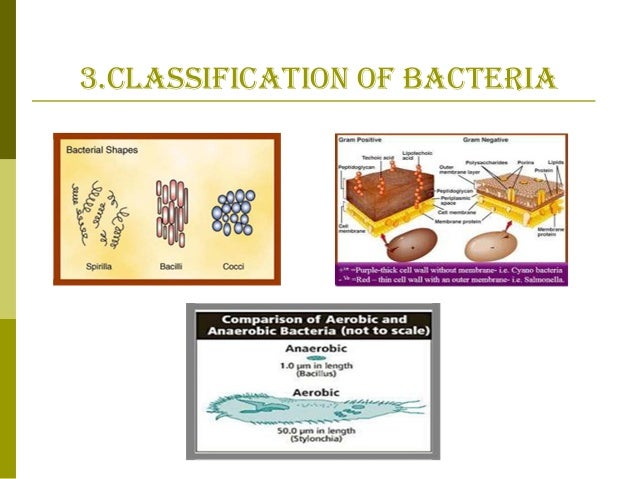

The bacterial respiration was determined in an indirect way via bacterial biomass production and assuming a growth efficiency of 50%. In the first group the mean values of the bacterial contribution to community respiration amounted to 37% and in the second group to 18%. Water column community respiration ranged between 122 and 16 µg C/l/hr with means of 88 µg C/l/hr in the highly and 19 µg C/l/hr in the less productive group. The rates of bacterial DNA-formation measured as thymidine incorporation differed significantly between both groups of lagoons, being very high (1.86 2.76 nmol/l/hr) in the highly productive and relatively low (0.073 0.55 nmol/l/hr) in the less productive group. Here the mean values of the turnover times were 2 hr for glucose and 1.5 hr for acetate. In the less productive systems the cycling of glucose and acetate was much slower. Turnover rates of glucose and acetate were very fast in the highly productive lagoons resulting in turnover times of less than 20 min for both compounds.

The second group consists of less productive freshwater lagoons with chl a between 5.5 19 µg/l. The lagoons can be separated into two groups: The first group contains highly productive brackish lagoons with chl a concentrations ranging from 62 130 µg/l. The study was performed in several coastal lagoons of the "Outer Delta of the Río Magdalena" in northern Colombia.
BACTERIAL ACTIVITY SYNONYM FREE
Additionally, the turnover rates of the pools of dissolved free glucose and acetate as representatives of the fraction of easily degradable low molecular organic solutes were determined. In this study we measured the community respiration and the bacterial respiration as part of the overall degradation process of organic material. Klaus Gocke 1, José Ernesto Mancera Pineda 2 and Adriana Vallejo 3 It provides for the legal, unlicensed citation or incorporation of copyrighted material in another author's work under a four-factor balancing test.Heterotrophic microbial activity and organic matter degradation in coastal lagoons of Colombia Examples of fair use include commentary, search engines, criticism, news reporting, research, teaching, library archiving and scholarship. In United States copyright law, fair use is a doctrine that permits limited use of copyrighted material without acquiring permission from the rights holders. If you are the author of the text above and you not agree to share your knowledge for teaching, research, scholarship (for fair use as indicated in the United States copyrigh low) please send us an e-mail and we will remove your text quickly.įair use is a limitation and exception to the exclusive right granted by copyright law to the author of a creative work. Source : '05/SU02-Glossary%20of%20Microbiology.docĪuthor : not indicated on the source document of the above text Spectrum of microbial activity The range of distinctly different types of microorganisms affected by an antimicrobial drug, a wide range is referred to as a broad spectrum of activity.įor the term spectrum of microbial activity may also exist other definitions and meanings, the meaning and definition indicated above are indicative not be used for medical and legal or special purposes. Meaning and definition of spectrum of microbial activity :

Microbiology terminology Glossary of microbiology terms The information of medicine and health contained in the site are of a general nature and purpose which is purely informative and for this reason may not replace in any case, the council of a doctor or a qualified entity legally to the profession.
BACTERIAL ACTIVITY SYNONYM FOR FREE
The following texts are the property of their respective authors and we thank them for giving us the opportunity to share for free to students, teachers and users of the Web their texts will used only for illustrative educational and scientific purposes only.Īll the information in our site are given for nonprofit educational purposes Meaning of spectrum of microbial activity


 0 kommentar(er)
0 kommentar(er)
